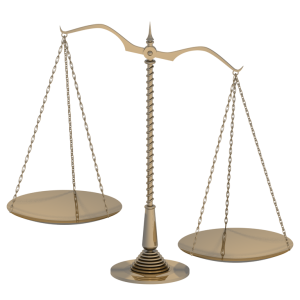date newest »
newest »
 newest »
newest »
message 1:
by
Betsy
(new)
Aug 06, 2014 04:46PM
 I find this notion of what "success" for an author might mean an intriguing one. What a wise friend who asked you this. Since I've published my first book, I've gotten, "How many books have you sold?" "Is it making lots of money?" and "Wow, if they make a movie of your book, that would be successful." And while I naturally hope that my book sells well, I've realized in the publication process that "success" has many facets. Like you, I feel that success has to do with the readers' experiences. For me, I feel successful when someone has read my story, is moved by it, and feels as though they've been somehow changed by the story. I never knew that this was "success" for me until I began getting letters from readers.
I find this notion of what "success" for an author might mean an intriguing one. What a wise friend who asked you this. Since I've published my first book, I've gotten, "How many books have you sold?" "Is it making lots of money?" and "Wow, if they make a movie of your book, that would be successful." And while I naturally hope that my book sells well, I've realized in the publication process that "success" has many facets. Like you, I feel that success has to do with the readers' experiences. For me, I feel successful when someone has read my story, is moved by it, and feels as though they've been somehow changed by the story. I never knew that this was "success" for me until I began getting letters from readers.
reply
|
flag
 Betsy ... thanks for the supportive vote on "content" rather than numbers. I have recommended your book to my book club because -- six months after reading it--I still think about Kate and Jake and the conflict they tried to manage. They were human ... they were inspirational ... they were people I wanted to know and know about.
Betsy ... thanks for the supportive vote on "content" rather than numbers. I have recommended your book to my book club because -- six months after reading it--I still think about Kate and Jake and the conflict they tried to manage. They were human ... they were inspirational ... they were people I wanted to know and know about.That is what I wish for with A Fitting Place ... that people would remember Lindsey and Joan.
I don't care how many books I sell.
 I take it as a supreme compliment that you've recommendation my book to your book club, Mary. It's big deal, to recommend a book, isn't it? We're asking our friends to spend 8,10,12 hours on something that we feel is worthwhile. I don't do that unless I'm really in love with a book. I'm honored!
I take it as a supreme compliment that you've recommendation my book to your book club, Mary. It's big deal, to recommend a book, isn't it? We're asking our friends to spend 8,10,12 hours on something that we feel is worthwhile. I don't do that unless I'm really in love with a book. I'm honored!I began A Fitting Place last night and can't wait to get my "chores" done today so that I can get back to it.




